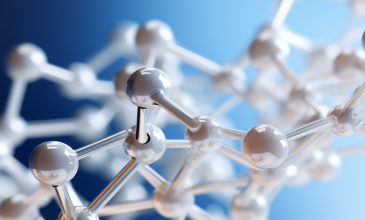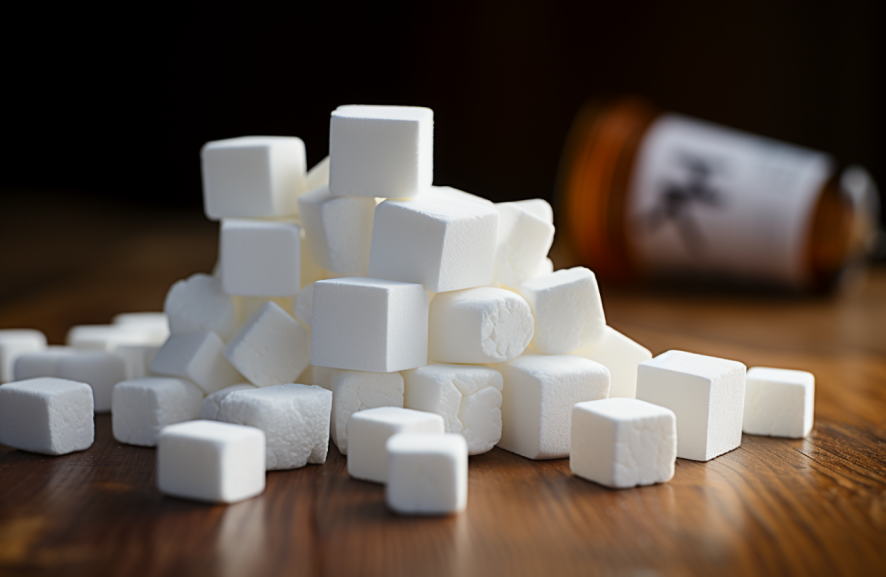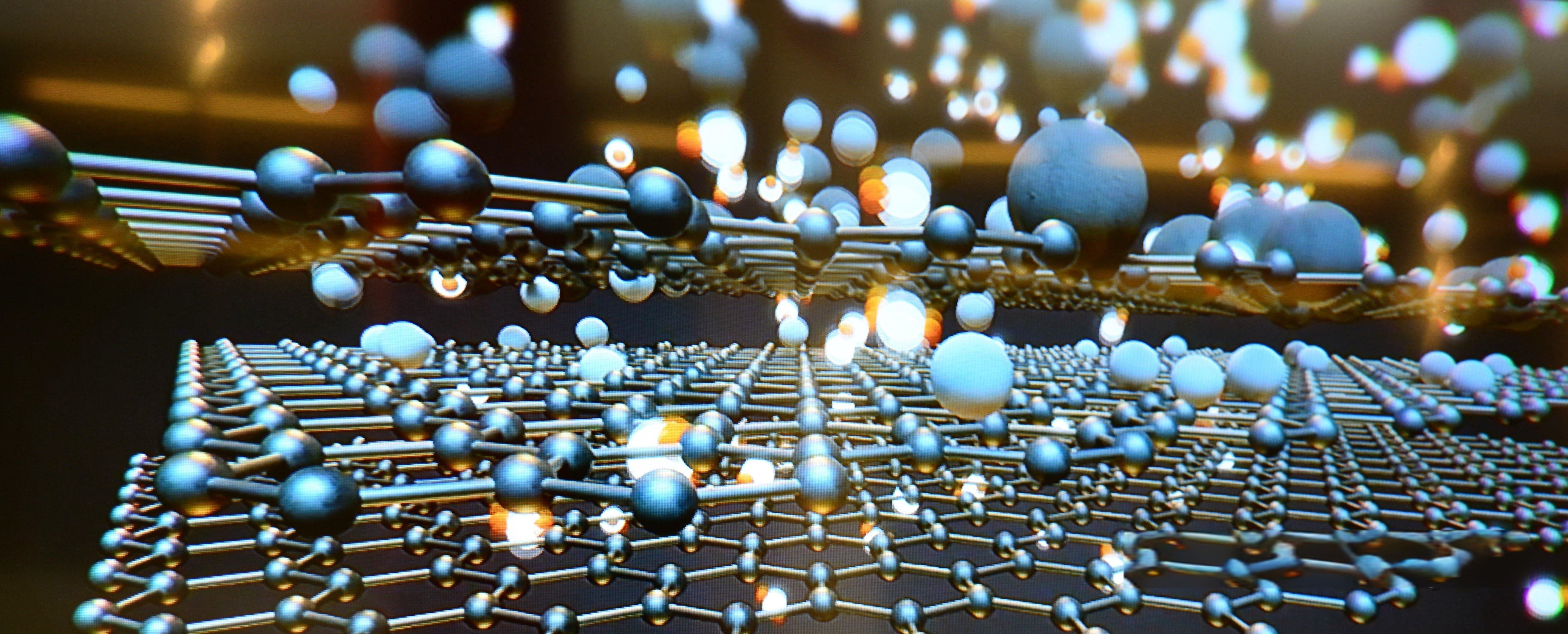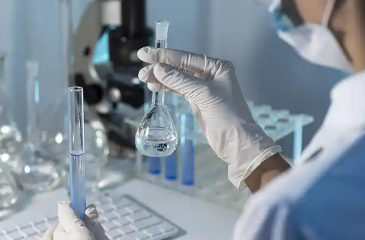What Makes 4-(Tert-Butoxycarbonyloxy)Styrene a Versatile Building Block in Organic Synthesis?
Captivating the Reader’s Attention
Have you ever wondered what makes certain chemical compounds the backbone of modern organic synthesis? One such compound, 4-(Tert-Butoxycarbonyloxy)Styrene, often referred to as 4-BOC-Styrene, plays a critical role in a wide range of applications. From pharmaceuticals to advanced materials, this versatile building block is essential for innovation in the chemical industry.

What is 4-(Tert-Butoxycarbonyloxy)Styrene?
4-(Tert-Butoxycarbonyloxy)Styrene, with the CAS number 87188-51-0, is a white crystalline powder notable for its high molecular weight of 220.26 g/mol. This compound is recognized for its exceptional purity, typically exceeding 99%, and has a density of 1.054 g/cm³ at 25°C, making it an attractive choice for numerous chemical applications. As a bifunctional styrene monomer, it plays a critical role in various synthetic processes. Its versatility allows it to be used as an intermediate in the production of ion exchange resins, which are essential for water purification and chemical separation.
Additionally, it is crucial in the formulation of photoresist polymers used in the semiconductor industry, enabling precise patterning in microelectronics. Furthermore, 4-(Tert-Butoxycarbonyloxy)Styrene is utilized in the development of conductive materials, which are vital for enhancing electrical conductivity in various applications. Its unique properties position it as a valuable compound in advanced material synthesis..
Why 4-(Tert-Butoxycarbonyloxy)Styrene is a Versatile Building Block
Applications in Organic Synthesis
4-BOC-Styrene is primarily valued for its role as an intermediate in organic synthesis. Its structure allows it to participate in numerous chemical reactions, making it a versatile tool for chemists. It is frequently employed in the synthesis of ion exchange resins, which are crucial for water purification and other filtration processes.
Moreover, its application extends to photoresist polymers used in electronics, which are essential for manufacturing integrated circuits and other semiconductor devices. The compound’s unique properties enable it to be used as a coupling agent in various formulations, enhancing product performance.
Initiator for Polymerization
Another key aspect of 4-(Tert-Butoxycarbonyloxy)Styrene is its ability to function as an initiator in the polymerization of copolymers. This makes it an invaluable asset in creating complex polymer structures that meet specific industrial requirements. The polymerization process allows for the development of materials with tailored properties, such as improved strength, flexibility, and thermal stability.
Bifunctional Styrene Monomer
As a bifunctional styrene monomer, 4-BOC-Styrene is instrumental in organic synthesis, particularly in forming crosslinked structures. This capability is particularly important in applications where durability and resistance to chemical degradation are paramount, such as in automotive and aerospace components.
Incorporating 4-(Tert-Butoxycarbonyloxy)Styrene in Research Projects
Selecting the Right Grade
When considering the incorporation of 4-(Tert-Butoxycarbonyloxy)Styrene in research, it’s essential to select the appropriate grade based on the project’s requirements. UniVOOK Chemical provides both industrial-grade and electronic-grade versions of this compound, ensuring that researchers can find the right match for their specific needs.

Designing Experiments
Once the appropriate grade is selected, researchers can begin designing their experiments. Given the compound’s diverse applications, it can be integrated into various pathways, such as synthesizing new materials or developing novel pharmaceuticals. It’s crucial to account for the compound’s properties, including its reactivity and compatibility with other chemicals.
Analyzing Results
After conducting experiments using 4-(Tert-Butoxycarbonyloxy)Styrene, researchers must analyze the results thoroughly. The compound’s effectiveness as an intermediate or initiator should be evaluated, along with the performance of the final product. This step is critical in determining the feasibility of scaling up the process for industrial applications.
Safety First: Handling and Storage of 4-(Tert-Butoxycarbonyloxy)Styrene
Proper Handling Practices
When working with 4-(Tert-Butoxycarbonyloxy)Styrene, safety must be a top priority. It is essential to follow proper handling practices, including wearing appropriate personal protective equipment (PPE) such as gloves, goggles, and lab coats. Familiarizing oneself with the Material Safety Data Sheet (MSDS) for the compound is vital for understanding its hazards and safe handling protocols.
Storage Recommendations
To maintain the quality of 4-BOC-Styrene, proper storage conditions are crucial. The compound should be kept in a cool, dry place away from direct sunlight and incompatible materials. Packaging typically includes 25 kg boxes, and under suitable storage conditions, the shelf life is approximately 12 months. Adhering to these guidelines will ensure the compound remains effective for future use.
Emergency Protocols
In the event of an accidental spill or exposure, it’s crucial to have emergency protocols in place. Immediate access to safety equipment and first aid supplies is essential. Anyone working with 4-(Tert-Butoxycarbonyloxy)Styrene should be trained in emergency procedures and know how to respond effectively to ensure safety in the laboratory.
Sustainability in Chemistry: The Eco-Friendly Aspects of 4-(Tert-Butoxycarbonyloxy)Styrene
Green Chemistry Principles
The chemical industry is increasingly focusing on sustainability, and 4-(Tert-Butoxycarbonyloxy)Styrene aligns with green chemistry principles. Its use in the synthesis of polymers and materials can minimize waste and reduce the environmental impact of chemical processes.
Biodegradable Alternatives
Research is ongoing into the development of biodegradable alternatives using 4-BOC-Styrene. By integrating sustainable practices into the synthesis of polymers, the industry can reduce reliance on non-renewable resources and promote eco-friendly materials.
Life Cycle Assessment
Conducting a life cycle assessment (LCA) can help determine the environmental impact of using 4-(Tert-Butoxycarbonyloxy)Styrene in various applications. This holistic approach allows for the identification of potential improvements in processes, leading to more sustainable practices within the chemical industry.
Conclusion: The Future of 4-(Tert-Butoxycarbonyloxy)Styrene in Chemistry
4-(Tert-Butoxycarbonyloxy)Styrene is more than just a chemical compound; it is a cornerstone of innovation in organic synthesis and materials science. This compound’s remarkable versatility allows it to be utilized across various industries, including pharmaceuticals, electronics, and advanced materials. Its wide range of applications not only highlights its importance in developing new technologies but also emphasizes the need for safety considerations during handling and storage.
Moreover, the compound’s sustainable potential aligns with the growing emphasis on green chemistry practices, offering opportunities for creating more eco-friendly materials. As a leading producer, UniVOOK Chemical is dedicated to supplying high-quality 4-(Tert-Butoxycarbonyloxy)Styrene, which supports advancements in technology and chemistry while promoting a sustainable future. Whether you are a researcher aiming to push the boundaries of organic synthesis or an industry professional seeking innovative solutions, embracing this versatile compound can lead to groundbreaking discoveries and transformative applications that can reshape the landscape of modern chemistry.
Access Our Product Catalog and More to Discover High-Performance Chemicals Tailored to Your Business Needs




